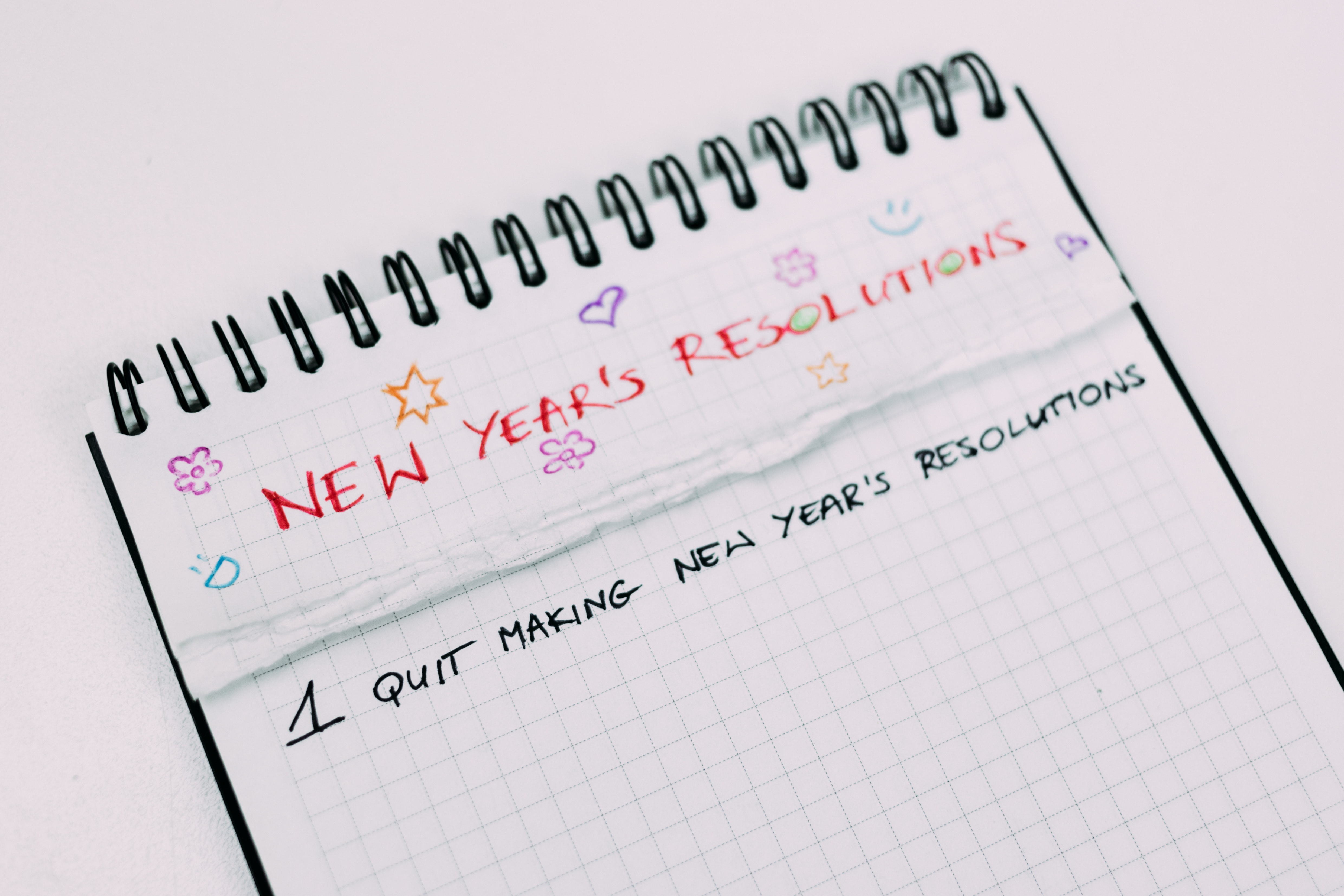
Set Yourself Up for Success
The start of a new year brings with it the opportunity to make improvements, take on new challenges, and explore new avenues. Unfortunately, for many of us, that energy quickly fizzles and many of our plans go unrealized.
This Section's arrow_downward Theme Info Is:
- Background Image: ""
- Theme: "light-theme"
- Header Style: "purple_dominant"
- Card Height Setting: "consistent_row_height"
- Section Parallax: "0"
- Section Parallax Height: ""
The start of a new year brings with it the opportunity to make improvements, take on new challenges, and explore new avenues. We set goals and approach personal and professional changes with a refreshed energy. Unfortunately, for many of us, that energy quickly fizzles and many of our plans go unrealized.
What if we told you that there is a simple tool to help you maintain momentum and create lasting change, with just a bit more upfront planning than you might normally do? Enter: PDCA.
PDCA (Plan-Do-Check-Adjust) is one of several frameworks we teach in our Lean Six Sigma program because it provides a relatively clear, simple structure to implement changes that can otherwise be nebulous and daunting. If you have ever encountered the Scientific Method, it will sound familiar.

So, how can you apply PDCA to your new year’s goals?
Plan – What is the opportunity in your current situation? What do you want from 2022?
Do – This has two steps:
-
Consider your current situation. Why is it the way it is? What are the contributing factors? What would it take to get what you want and/or take advantage of the opportunities you identified? This will help you decide what specific things you could or should do to achieve your goal.
-
Take action! Choose something relatively small and set a period of time in which to try it out. This could be a class, starting to build a habit, or whatever makes the most sense. The important thing here is that it should be concrete and achievable within the time frame you have set.
-
Important note: keep track of your efforts in some way! This will help you in the next step.
Check – After the time period has elapsed, look back at your notes and what your situation looks like now. Did your efforts have the desired effect? How did they feel? What do you notice?
Adjust – Figure out what is next, based on what you learned during Check. Do you keep going with this effort, adjust your approach, learn more, or scuttle it and try something new?
One of the beautiful things about PDCA and other process improvement frameworks is that Adjust usually leads back into the Plan stage. It is rare that something is truly fixed or finished, whether it be professional or personal. Your project management course may reveal you need to build your leadership skills further. That 5K race leads to a 10K. You identify the new improvement and start the cycle over again at Plan.
When an effort is unsuccessful, PDCA challenges us to ask if there are other ways to achieve our goal or even if the goal is worthwhile at all. Did you hate every moment of your morning meditations? Great! Return to the Plan stage and consider what you were trying to accomplish in the first place. Maybe something as simple as putting away your phone and having a cup of tea before leaving the house will work. Try it out, keep some simple notes, and then reflect on them after a few weeks.
PDCA is also a great tool for our new year’s goals and plans because it fits well with approaches with which you may already be familiar. If you are a planner or person who loves to journal, PDCA can give you a framework to organize around. SMART goals are tailor-made for the Do stage. Including your accountability buddy in every stage can keep you motivated and give you an outside eye on things you may otherwise miss.
Recent news
Main Content
Gathering Strength
News Tags on this arrow_upward Story:
- None
Main Content
UW Tacoma Enrollment up 4% for Autumn 2024
News Tags on this arrow_upward Story:
- None
Main Content
Celebrating First Gen
News Tags on this arrow_upward Story:
- None



